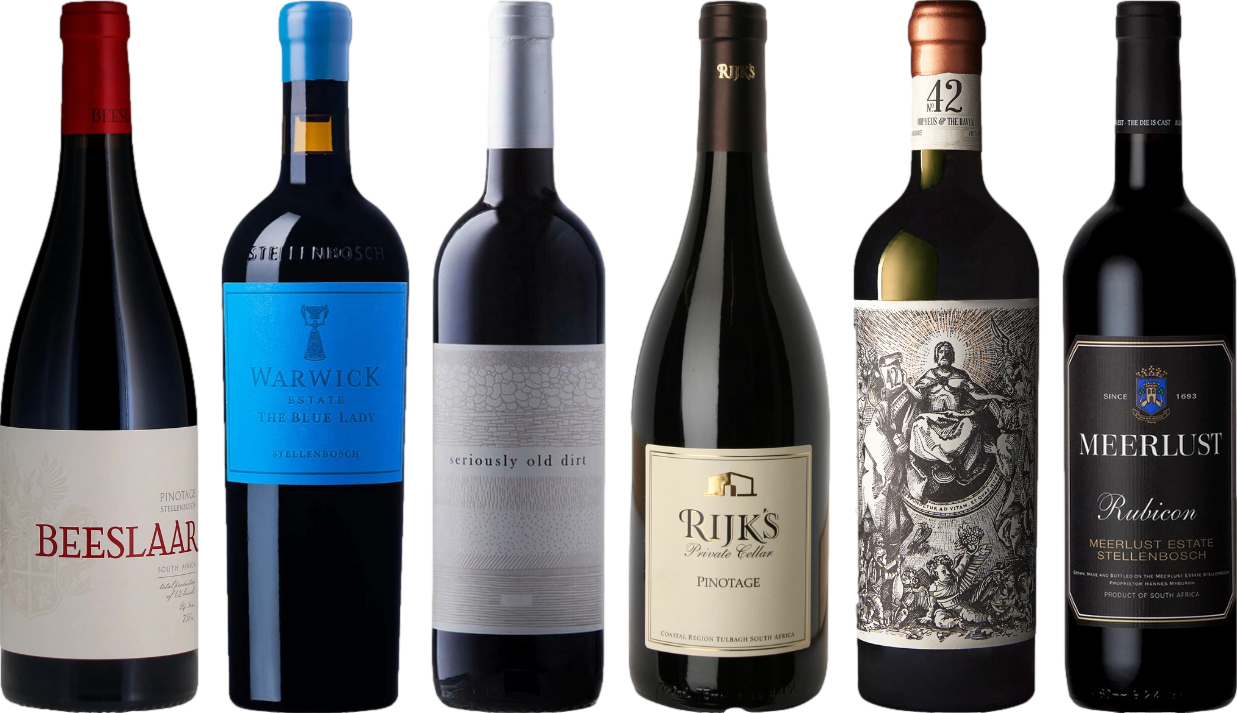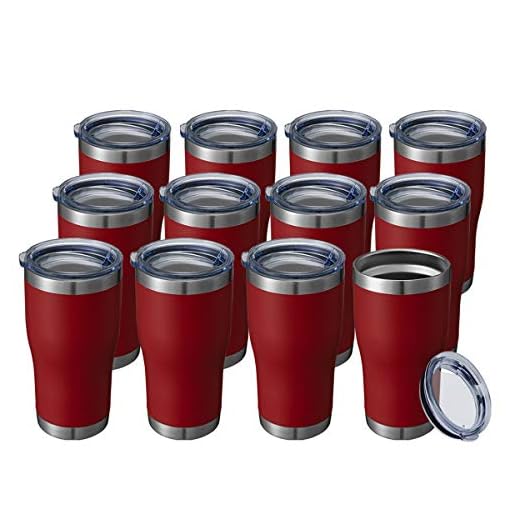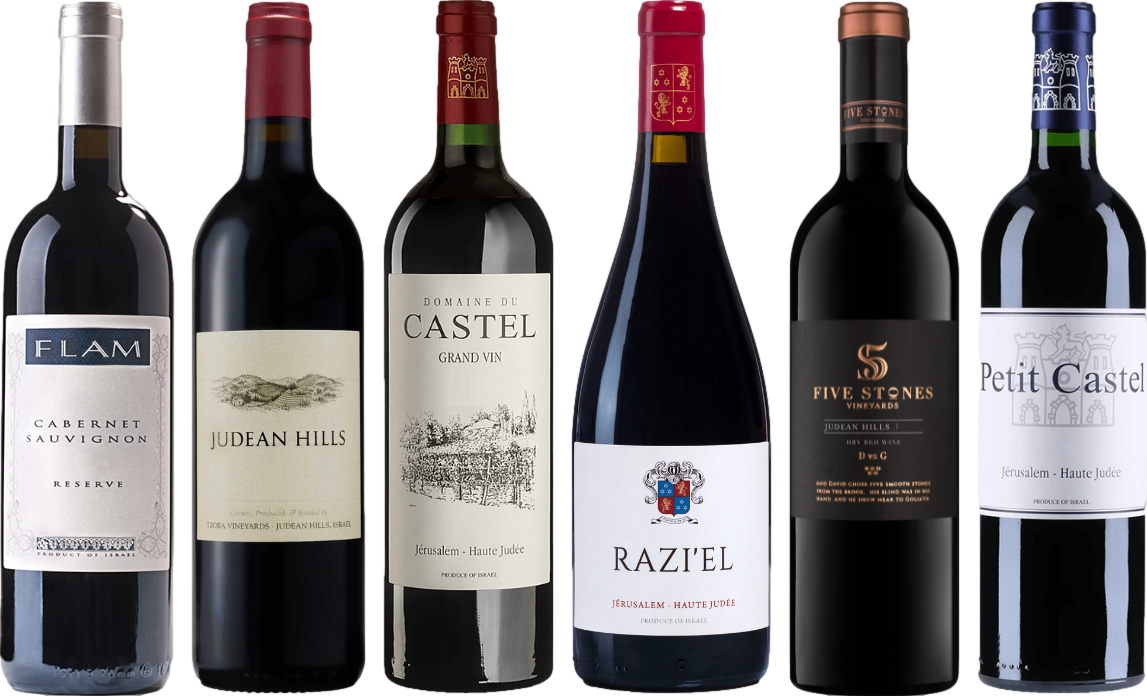



It’s crucial to approach this topic with clarity: moderate consumption of this particular alcoholic beverage does not inherently lead to weight gain. Studies indicate that the caloric content is relatively manageable when enjoyed in moderation. For instance, a standard serving typically contains around 125 calories, which is comparable to many other beverages.
When assessing potential weight gain, consider the overall lifestyle and dietary habits. Regular exercise and a balanced diet play significant roles in maintaining a healthy weight. If incorporated mindfully, this drink can complement a nutritious regimen rather than hinder it. Pay attention to portion sizes and frequency; moderation is key.
Moreover, the polyphenols found within this drink may even offer health benefits that could support weight management, such as improved metabolism and appetite regulation. However, it’s essential to account for the total caloric intake from all sources, ensuring that indulgence does not lead to excessive consumption. Tracking daily intake can be an effective strategy to maintain balance.
In conclusion, enjoy responsibly and pair thoughtfully with meals. By being aware of portion sizes and overall dietary choices, one can savor this delightful beverage without compromising health goals.
Impact of Consuming Dark Grapes Beverage on Weight
Limiting intake is key. Each glass of this beverage typically contains around 120-125 calories. When consumed in moderation, it can fit into a balanced diet without significantly contributing to weight gain.
Consider these factors:
- Portion control: Stick to one serving (5 oz) to minimize caloric intake.
- Frequency: Enjoying this drink a few times a week is less likely to impact body composition than daily consumption.
- Accompanying foods: Pair with lighter meals to avoid excessive calorie intake.
- Individual metabolism: Genetic factors can influence how calories are processed.
Antioxidants, like resveratrol found in dark grape beverages, may provide health benefits, potentially aiding in weight management when combined with a healthy lifestyle.
To maintain a healthy balance, integrate physical activity into your routine and focus on whole foods. This approach will help offset the calories from the occasional glass of this cherished drink.
Caloric Content of Red Wine
The average caloric value of a standard serving (5 ounces) of this beverage is approximately 125 calories. This number can vary slightly based on the specific variety and production methods. For instance, sweeter options tend to carry a higher caloric load due to increased residual sugars.
A dry selection typically contains around 120-130 calories per serving, while sweeter variants can reach upwards of 150 calories. Those who are mindful of their caloric intake should consider these differences when selecting their preferred variety.
For individuals monitoring their weight, keeping track of cumulative calorie consumption is essential. If a couple of glasses are enjoyed during a meal, the caloric intake can add up quickly. Therefore, moderation is key. Balancing this indulgence with physical activity can help mitigate any potential weight gain.
When pairing these beverages with food, consider lighter fare that complements their flavor profile without overwhelming the palate. This can enhance the overall dining experience while keeping the meal balanced both in taste and caloric content.
Ultimately, being informed about the caloric values of different selections empowers one to make choices that align with personal health goals. Enjoying this delightful drink doesn’t have to derail dietary plans, as long as it’s done thoughtfully.
Impact of Alcohol on Metabolism
Alcohol consumption can significantly influence metabolic processes. When consumed, the body prioritizes alcohol metabolism over other nutrients, such as carbohydrates and fats. This shift can lead to an altered energy balance, as the body focuses on breaking down ethanol instead of utilizing stored energy sources.
Research indicates that alcohol can increase insulin resistance, which may affect how efficiently the body processes glucose. Elevated insulin levels can promote fat storage, particularly around the abdomen. Additionally, the caloric content of alcoholic beverages can contribute to overall energy intake, potentially leading to weight gain if not managed properly.
Effects on Fat Burning
During the metabolism of alcohol, the liver converts ethanol into acetaldehyde, a toxic compound. This process can inhibit the oxidation of fatty acids, making it harder for the body to burn fat. Consequently, regular consumption may lead to fat accumulation, especially if paired with high-calorie meals.
Hormonal Changes
Alcohol intake can also affect hormone levels, such as cortisol and testosterone, which play roles in fat distribution and muscle metabolism. Elevated cortisol levels, often associated with stress and alcohol consumption, can lead to increased appetite and cravings for unhealthy foods, further complicating weight management.
Red Wine and Appetite Stimulation
Consuming this beverage can lead to an increase in appetite. Studies indicate that the alcohol content may enhance the desire for food, influencing the brain’s reward system. This effect is often linked to the polyphenols present, which might stimulate hunger by interacting with certain receptors in the gastrointestinal tract.
Effects on Hunger Hormones
Research shows that alcohol can impact hormones like ghrelin and leptin. Ghrelin, known as the hunger hormone, can surge after consumption, prompting cravings. In contrast, leptin, which signals fullness, may be suppressed. This imbalance can result in consuming more calories than intended, potentially leading to weight gain over time.
Pairing with Food
The flavors of this beverage often complement rich foods, encouraging more substantial meals. When paired with heavier dishes, the combination can amplify overall caloric intake. Choosing lighter fare or moderating portion sizes can help manage this effect. Being conscious of what is served alongside can aid in maintaining a balanced diet while still enjoying the experience.
Balancing enjoyment and health is key. Observing personal responses to this drink can provide insights into appetite patterns, helping to make informed choices in social settings or during meals.
Comparing Red Wine to Other Alcoholic Beverages
Choosing a beverage can significantly affect dietary choices and weight management. When comparing options like beer, spirits, and sparkling wines, the differences in caloric content and composition become apparent.
Caloric Comparison
Typically, a standard serving of beer contains around 150 calories, while spirits can range from 100 to 200 calories, depending on the mixer. In contrast, a glass of red varietals usually has about 125 calories. This places red varietals in a moderate range, often making them a better choice for those monitoring caloric intake.
Sugar Content and Impact on Satiety
Many beers and sweet cocktails have higher sugar levels, which may lead to increased cravings and hunger. In contrast, most red varietals contain lower sugar, which can help in managing appetite. This might contribute to a more controlled consumption pattern. For those looking to maintain energy efficiency in storing food, pairing with a best solar generator for refrigerators could be beneficial.
Understanding the differences in calories and sugar can guide choices that align with health goals while still enjoying social occasions.
Role of Resveratrol in Weight Management
Incorporating resveratrol into one’s diet can be beneficial for weight control. This compound, found primarily in grape skins, has demonstrated potential in promoting fat metabolism and improving insulin sensitivity. Research indicates that resveratrol activates sirtuins, which are proteins involved in cellular regulation, including fat storage and energy expenditure.
Mechanisms of Action
Resveratrol enhances the body’s ability to burn fat by increasing mitochondrial function. This leads to improved energy utilization and a reduction in fat accumulation. Additionally, it may help regulate glucose levels, minimizing spikes that can lead to increased fat storage. Studies suggest that individuals consuming resveratrol may experience a decrease in visceral fat, which is often linked to various health issues.
Practical Recommendations
To harness the benefits of resveratrol, consider incorporating moderate amounts of grape-based products into your diet, such as high-quality grape juice or supplements. Pairing these with a balanced diet rich in whole foods can amplify the positive effects on metabolism. Monitoring overall caloric intake remains crucial, as excess consumption of any calorie-dense beverage can counteract the benefits of resveratrol.
Moderation and Its Effects on Weight Gain
Limit intake to one or two servings per occasion to mitigate potential weight gain associated with alcohol consumption. Research indicates that excessive caloric intake from beverages can lead to an increase in body weight, while moderate consumption tends to have less impact.
Caloric Comparison
When comparing various alcoholic options, moderation remains key. Here’s a quick breakdown of caloric content for different beverages:
| Beverage Type | Calories per 5 oz (approx.) |
|---|---|
| Light Beer | 90-110 |
| Regular Beer | 150-200 |
| Spirits (neat) | 100-120 |
| Sweet Dessert Wine | 150-200 |
Appetite Control
Consuming alcohol can influence appetite. While some studies show that moderate consumption may enhance social dining experiences, excessive intake can lead to poor food choices and overeating. Pay attention to hunger cues and choose nutrient-dense foods when enjoying beverages.
Incorporating exercise and a balanced diet alongside moderate consumption can help maintain a healthy weight. Focus on portion sizes and consider the overall caloric balance of your daily intake.









